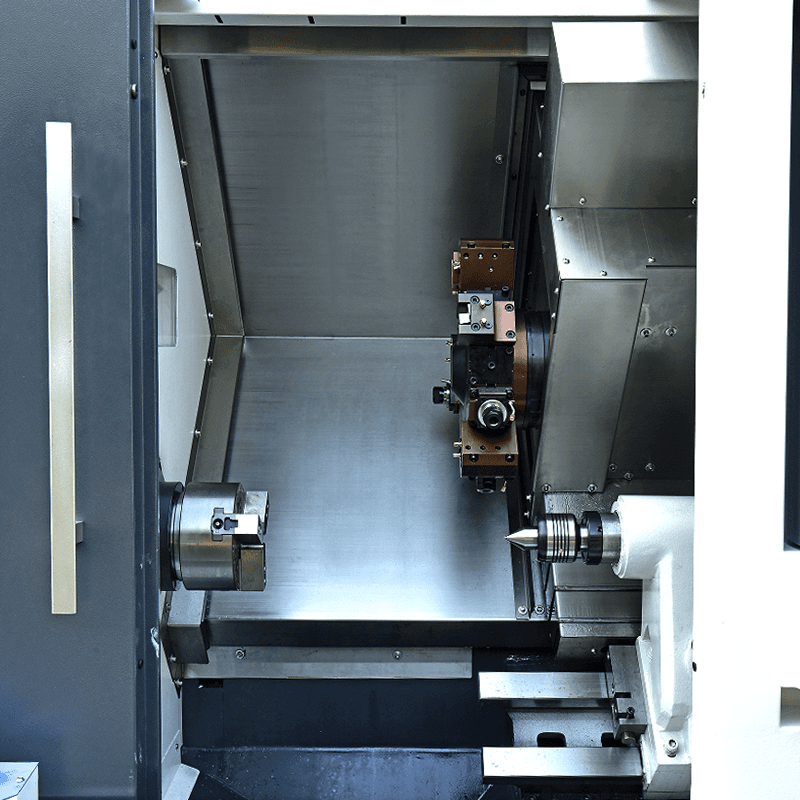Technical Characteristics: The machine tool is of high precision, and the spindle is supported by hi...
See Details
The micro wood turning lathe, a precision tool for shaping wood, has undergone significant advancements since its inception. From its early, rudimentary designs to the modern machines used by hobbyists and professionals today, the micro wood turning lathe has evolved in both functionality and sophistication.

The origins of wood turning can be traced back thousands of years, with early civilizations using rudimentary tools to shape wood. The known lathes were operated manually, using a bow-driven mechanism to turn the wood. This method, known as a "pole lathe," was the standard for centuries, with operators using foot pedals to spin the wood and hand tools to shape it.
The development of the modern lathe began in the 18th and 19th centuries, when mechanized lathes powered by steam engines or water wheels became common. These advancements allowed for faster, more precise work, and the ability to produce uniform parts. However, these lathes were still large machines designed for industrial-scale production, limiting their use for fine, intricate woodworking.
It wasn't until the 20th century that micro wood turning lathes, specifically designed for smaller, detailed work, began to take shape. Early versions were often home-built or small-scale machines used by hobbyists and artisans who required a tool for turning smaller pieces of wood with greater precision.
In the early 20th century, the growing interest in woodworking as a craft and hobby led to the development of smaller, more accessible lathes. The micro wood turning lathes were largely manual, requiring the operator to carefully control the speed and pressure of the tool as they worked. These early lathes often used basic motors or manual cranks to rotate the wood, and the operator would rely on a variety of hand tools to achieve the desired shape.
During the mid-20th century, technological advancements in motorized tools and precision machinery led to significant improvements in micro wood turning lathes. Manufacturers began producing more affordable, compact lathes designed specifically for hobbyists and small-scale professional use. These lathes were powered by electric motors, making them easier to control and more consistent in operation.
As industrial technology advanced, micro wood turning lathes began incorporating more precise mechanisms for controlling speed and rotation. Features like variable-speed motors, digital controls, and improved bearings allowed woodworkers to achieve greater accuracy and consistency. This period also saw the rise of specialized attachments and accessories that could be used with lathes, such as chucks, tool rests, and various cutting tools, further enhancing the versatility of these machines.
The modern micro wood turning lathe is a far cry from its early predecessors. Today, these lathes are designed for precision, ease of use, and flexibility, making them ideal for both hobbyists and professionals. Several key advancements have transformed the micro wood turning lathe into a highly efficient, user-friendly tool.
Modern micro wood turning lathes are designed to be compact and portable, allowing users to set up their workstations in smaller spaces or even take their machines to different locations. The small footprint of these lathes makes them ideal for home workshops, where space is often limited. Despite their size, these lathes are capable of handling a wide range of materials, including softwoods, hardwoods, and even non-wood materials like acrylics and metals.
One of the major improvements in modern micro wood turning lathes is the incorporation of variable-speed motors. These motors allow users to adjust the rotation speed of the lathe based on the material being worked on and the type of cut required. This level of control enhances both the quality and precision of the work, as different speeds are needed for rough cuts, finishing cuts, or delicate detail work.
Our team of digital and business experts will guide you to the right direction.
Let's Talk